Tech Trends for 2022 and Beyond
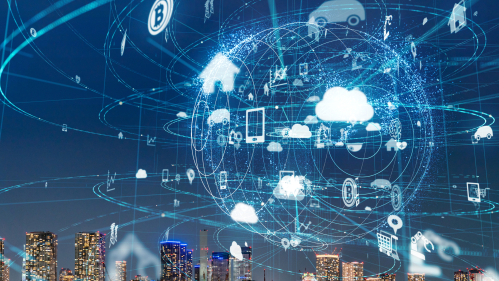
Technology has been changing society since humans began using stone tools, and the pace of change is only accelerating. Here are predictions from six Rutgers technology experts about which innovations will have major impacts over the next few years.
Business Intelligence
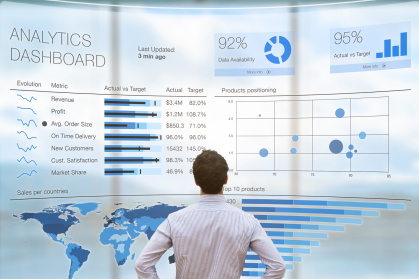
Ellen Law
Associate Vice President
Office of Information Technology
While business intelligence (BI) software has existed for a while, 2022 will see a significant expansion in its use for enhanced, data-driven decision-making. Entities across higher education and other industries are moving toward extensive use of BI software, which can provide visual representations of data for improved analytics and analysis. The shift is away from static, historical data in spreadsheets and toward proactive analysis and alerts produced by BI software.
Users of BI software will expand their use of its understanding to natural language – often spoken rather than typed – to ask questions about any data source connected to the BI software. Similar to asking Alexa or Siri to perform an action on a speaker or phone, users can vocally ask some BI software to provide insight and answer questions with different views of data based on the criteria requested.
Users of BI software will also take advantage of integrated algorithms run against data sources to detect anomalies, correlations, patterns and trends. The results can provide predictive insights on what likely will occur based on the data analyzed. These are exciting times, as BI software will become a huge enabler across all industries, advancing our capabilities to make more informed decisions and introducing next-gen functionality.
Artificial Intelligence
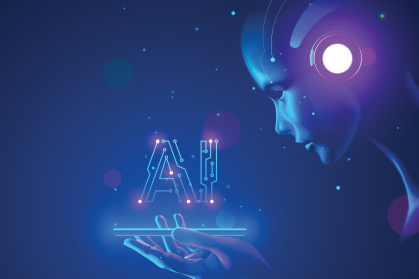
Barr von Oehsen
Associate Vice President
Office of Advanced Research Computing
Artificial intelligence (AI) will become even more pervasive through Internet of Things (IoT) devices – automobiles, household appliances, and more – as well as navigation, health care and many areas of research. AI is increasingly used to do things like diagnosing health problems from smart-watch data, enhancing digital maps by analyzing satellite images and driving vehicles with limited human assistance. Because of this, there will be more emphasis on data security and privacy, digital ethics and the need to address any inherent bias that may be introduced into AI models. Tech companies, the federal government, state agencies, research organizations and universities will allocate more resources toward developing and implementing strategies, policies, principles and guidelines focused on AI risks, security and ethics.
The Internet of Things
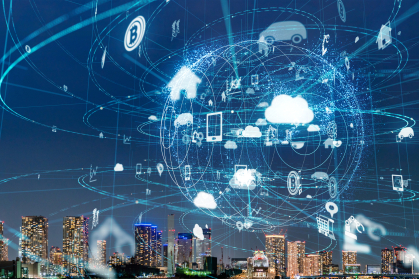
Michael Palis
University Professor
Department of Computer Science
Rutgers University-Camden
In 2022 and beyond, we will witness rapid growth in IoT deployments across industry sectors. In simple terms, IoT (Internet of Things) extends network connectivity to physical devices and everyday objects that are equipped with sensors, actuators, embedded computers and communication interfaces. These devices enable them to generate, exchange and consume data via private networks or the public internet with minimal human intervention. IoT is here, now – already it has given rise to innovative applications in sectors as diverse as health care (remote monitoring and patient care), industrial automation (asset tracking, predictive maintenance), smart buildings and homes, transportation (fleet management, connected vehicles), entertainment (augmented reality) and wearable devices. Analysts predict that by 2025, there will be over 55 billion connected devices worldwide.
Despite its rapid growth, IoT faces important challenges such as interoperability. The lack of interoperability due to vendor lock-in, incompatibility between different transport protocols (e.g., WiFi, Bluetooth, Zigbee) and the absence of standards is preventing IoT from realizing its full potential. Clearly, IoT standardization is key. Fortunately, many technology companies and IoT platform providers are now working collaboratively to address interoperability by adopting standards and promoting open-source development.
Another challenge is security. The ever-growing breadth of IoT devices provides new opportunities for attackers to hack into these devices and penetrate the networks to which they are connected. Most of these attacks stem from simple security problems, such as insufficiently protected credentials, lack of encryption and unpatched/outdated software. Unfortunately, IoT security often gets neglected by device manufacturers and the organizations that use them. For IoT security to be effective, what is needed is a collaborative approach that brings all parties together to take steps to make devices and their uses more secure.
Everything as a Service

Frank Reda
Associate Vice President
Deputy Chief Information Officer
Office of Information Technology
It’s hard to survey the technology landscape today without pondering the future of Everything as a Service, or XaaS.
In the beginning, it was Software as a Service, or SaaS replacing homegrown IT applications with general-purpose applications that could be customized to meet local business requirements. SaaS (like Gmail) reduced development costs and sped applications to production. Next, Platform as a Service, or PaaS (like Windows Azure) helped IT organizations to achieve even greater efficiencies by maintaining software platforms and operating systems in the cloud. Eventually, that led to Infrastructure as a Service, or IaaS (like Amazon Web Services), where cloud providers began providing all aspects of IT hardware operations and organizations could shift IT costs from capital to operating expenditures.
Clearly, the “as a Service” model makes fiscal and practical sense. It will continue to evolve in the IT world and elsewhere. Currently, “as a Service” models exist for industries like banking, communications, call centers, and site and service monitoring. Transportation as a service? That’s already here, with Uber. Expect to see more of this with quality assurance and rental space, available via apps in just hours. All of these serve as testimonials to the efficacy and efficiency yielded by specialization.
Human-Centered Computing
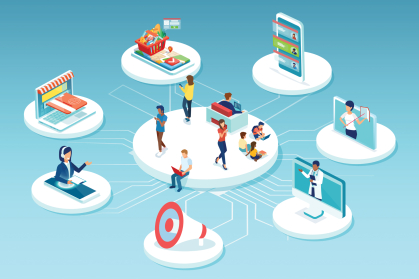
Patrick Shafto
Professor of Mathematics and Computer Science
Rutgers University-Newark
Historically, technology development has been driven by computer scientists and engineers, who come up with ideas for products – search engines, services, and products – that were designed to be treated as tools. People, who are “users” in engineer-speak, were expected to adapt to the tools.
Historically, people did adapt: they developed pidgin English for inputting queries to Google, endured endless advertisements on Facebook and navigated labyrinthine drop-down menus for Microsoft Word.
In the new year, however, look for a new emphasis on human-centered computing, both as a buzzword and as a technology trend. As competitors increase, technologies must compete. Competition will be fierce to convince people, both through marketing and experience, that each company’s technology does not require a long training period, during which the value you get from the product is limited. Technologies will, in talk and action, become more centered on humans. You never know; they might stop referring to us as users too.
Generative AI
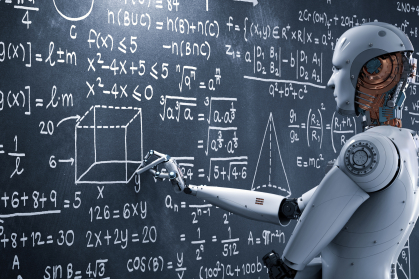
Hui Xiong
Distinguished Professor
Rutgers Business School - Newark and New Brunswick
Generative AI – programs that can use existing content like text, audio files or images to create new content – is one of the disruptive technologies that will grow in 2022. It has the power to learn the patterns in the existing data and use it to create related but original content that can take the form of everything from images and texts to protein structures. Last year, for example, generative AI was used to make a song called “Drowned in the Sun,” which is designed to sound like a new song by the long-defunct grunge band Nirvana. We will see the rapid use of AI generative models in many industries, including but not limited to health care, material science, digital media, design and manufacturing, and life science.


